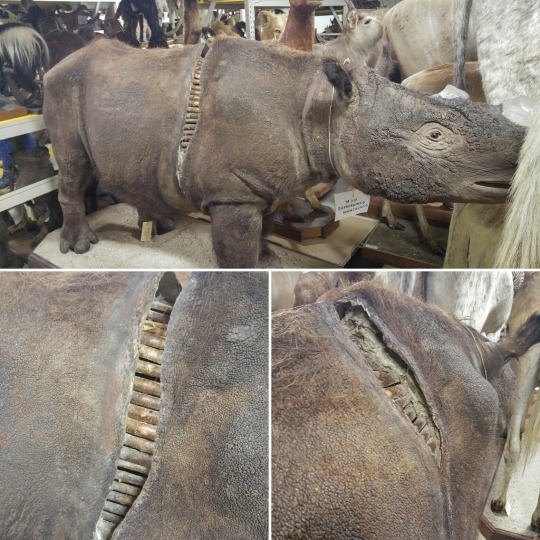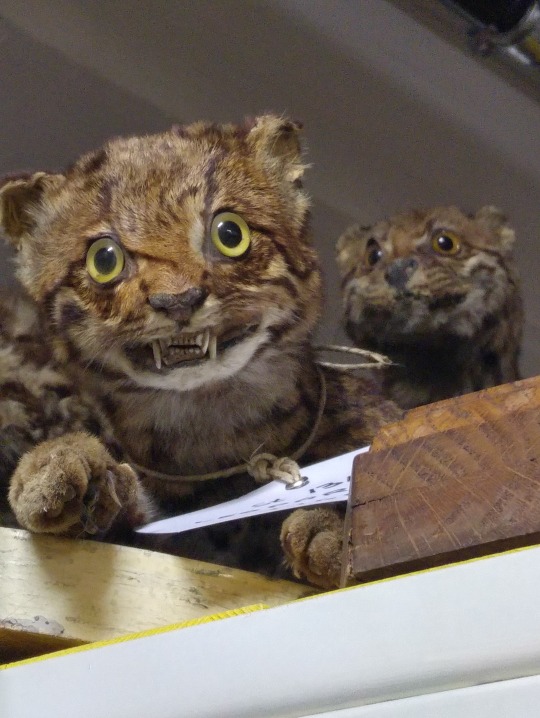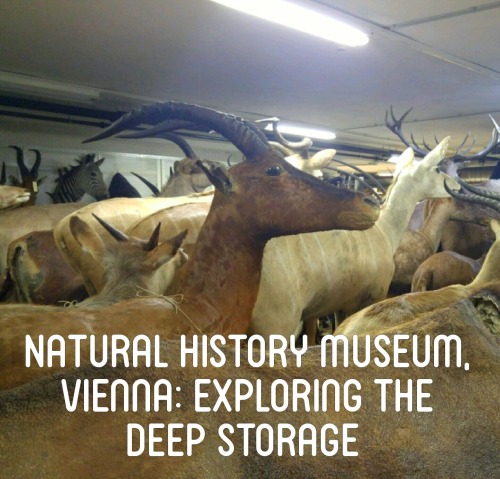#museumsandstuff
The wildly popular #Breugel exhibition at the #Kunsthistorischesmuseum. Some great touches in the display of the engravings (for example) that allows visitors to get really face-to-face with the fine detail of the work, perfect height for 5'4" me, but would make them inaccessible to wheelchair users. The sheer number of people made the visit a little trying at times, despite time slots… Especially the number of guided tours; in only six rooms there must have been 7 or 8 groups of 15 people. But the selection of works on display was truly impressive, including the display of 4 of series of 6 seasonal paintings (1 is lost, 1 remains in New York), shown together for the first time in 350 years. The exhibition has been advertised as “once in a lifetime”, and that’s a fitting description, but go early.
-
-
@kunsthistorischesmuseumvienna #Wien #Vienna #art #Breugel #arthistory #crowds #kunsthistorisches #paintings #crowds #babel #towerofbabel #austria #instaart #instawien #tour #massen #crowded #engravings #museum #museen #artgallery #InstaMuseum #museumsandstuff #onceinalifetime #people (at Kunsthistorisches Museum Vienna)
https://www.instagram.com/p/BqgDdMUFwCv/?utm_source=ig_tumblr_share&igshid=19nwtptwnooni
Post link
I’ve been a bit lax with my museum postings, so picking up where I left off… Paris, France. Paintings for days at the Louvre
-
-
-
-
#paris #france #museums #museum #louvre #art #paintings #oilpaintings ##InstaMuseum #museumsandstuff (at Musée du Louvre)
Post link
The Natural History Museum (NHM) in Vienna offer regular ‘behind-the-scenes’ tours to off-limits areas, like the roof. However, much rarer are the tours that take you into the depths of the subterranean storage. This past Wednesday, the NHM offered a tour letting visitors into the mammal deep storage. The tour was runaway success. The people giving the tours (so many people turned up that they had to run several tours and start at intervals) credited the success with the facebook event page set up to advertise the tour going low-key viral, with 3.5k people marking “interested” and almost 400 saying that they were coming. In the end I estimate about 130 people actually turned up and paid the museum entry fee (€10) and the extra €8 for the tour itself.
The stores are located three stories underground and cooled to a constant 9-11 degrees Celsius, holding hundreds of taxidermy specimens and furs from all over the world. They were built when the nearby underground station was excavated and aren’t strictly speaking under the museum, instead the extend out under nearby Bellaria buildings, beyond the above-ground area of the museum.


Lots of the specimens relate back to the Habsburgs, including numerous hunting trophies, especially from the prolific hunter that was Archduke Franz Ferdinand whose assassination would spark the chain of events that led to WWI.
The collections at the NHM are huge and only 0.3% are on display at any time. The objects range from tiny beetles, or plant specimens to whole elephants heads and taxidermy bison. Lots of the collection has links back to the Habsburgs, the family who once ruled Austria as emperors and empresses. One of the most prolific and famous collectors was Johann Natterer who accompanied the Princess Leopoldina when she was sent to marry in Brazil to marry Dom Piedro, eventually spending 18 years there before returning to Vienna with a host of things that are now part of the museum’s collection.

Peeking through the skin of the rhino to see the frame that is holding it in place.
As you can see with the rhino, the method used to preserve and display the animals was that the skin/hide was removed and then stretched over wooden frames that were then filled with dry stuffing, such as sawdust or newspapers (which can come in handy for dating when the animals were prepared later on!). If there is some disruption in the storage conditions, but also just due to the sheer age of some of the objects – Natterer for example returned to Vienna in 1835! – then the hides might split and the inside structure becomes exposed.
Any examples that in the collection where the tag or description is underlined in red are “Typusexemplar” or “type specimens”, that is the specimen in the one used for the standard description of that animal based on the rules of International Code of Zoological Nomenclature. The museum storage is therefore also a kind of archive of zoological knowledge, where researchers can refer back to the original source rather than just the written description or drawings.

Cats are apparently notoriously difficult to achieve a natural expression in when it comes to taxidermy.
Adult entry fee: €10
Tour: €8
Wednesdays is late night opening until 9pm (the museum is closed Tuesdays). Every first Sunday and third Wednesday of the month special tours are offered. Check their website for further details.
Post link



